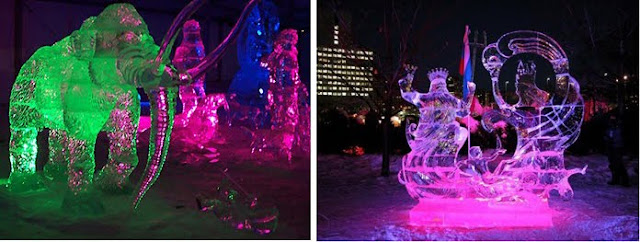Other than being addicted to blogging (An Eye for Detail), what do I do? I earn a living by representing artists, surface designers specifically, and licensing their work to manufacturers of all sorts of home furnishings products. For many years before I became an artist’s rep, I painted and photoshopped many a product line for various manufacturers. I, too, am a surface designer, although I don’t have much time to design any more.The evolution of a product line
By Libby Wilkie
Color, as you can guess, is critical to the marketing success of a product. If a product jumps off the shelf, asking to be bought, it is invariably due to the color(s).
I thought I would give you an example and walk you through the process with one of my Christmas programs (no longer on the market). But in it’s day (two years ago) it was probably the most lucrative program I have designed.
I’m talking about a collection of ceramics called “Nordic Stitch”. It was done for a specific retailer, and I worked through the manufacturer (a long time customer) who had it manufactured in China.
Christmas. It’s a wide open category…and yet, it is also very narrow. Color is critical. Red. And more red. And red yet again. Sure, we see those great contemporary, fun colors for Christmas, such as magenta, and bright blue and hot lime green. They are fun but they are trendy, and they appeal to a certain, limited customer base. To get to the mass market you need red.
Here’s the final collection, an ad from the retailer.
I had these linens from my mother-in-law. She had bought these many years ago in Scandinavia and every Christmas, as long as I knew her, she always had them out on the table. Most of what was left were small squares: not really large enough for napkins… they became a sort of doily or just a decorative detail on the table. I always had my eye on them! And one Christmas, several years before she died, she offered them to me. Yes! I gladly accepted.
I tried scanning the actual linens,
then manipulated the graphic elements and actually handpainted them on paper.
We (the stylist at the manufacturer) and I then researched all sorts of shapes and products that would be appropriate for this design, to then present to the buyer. Obviously, plates, mugs, bowls, serving bowls, and candlesticks were the first choice in shape. But we also wanted to add some unique and slightly different offerings.
A snake plate and compote bowl, to name a few. Here are the research pieces and the final formats.




















































